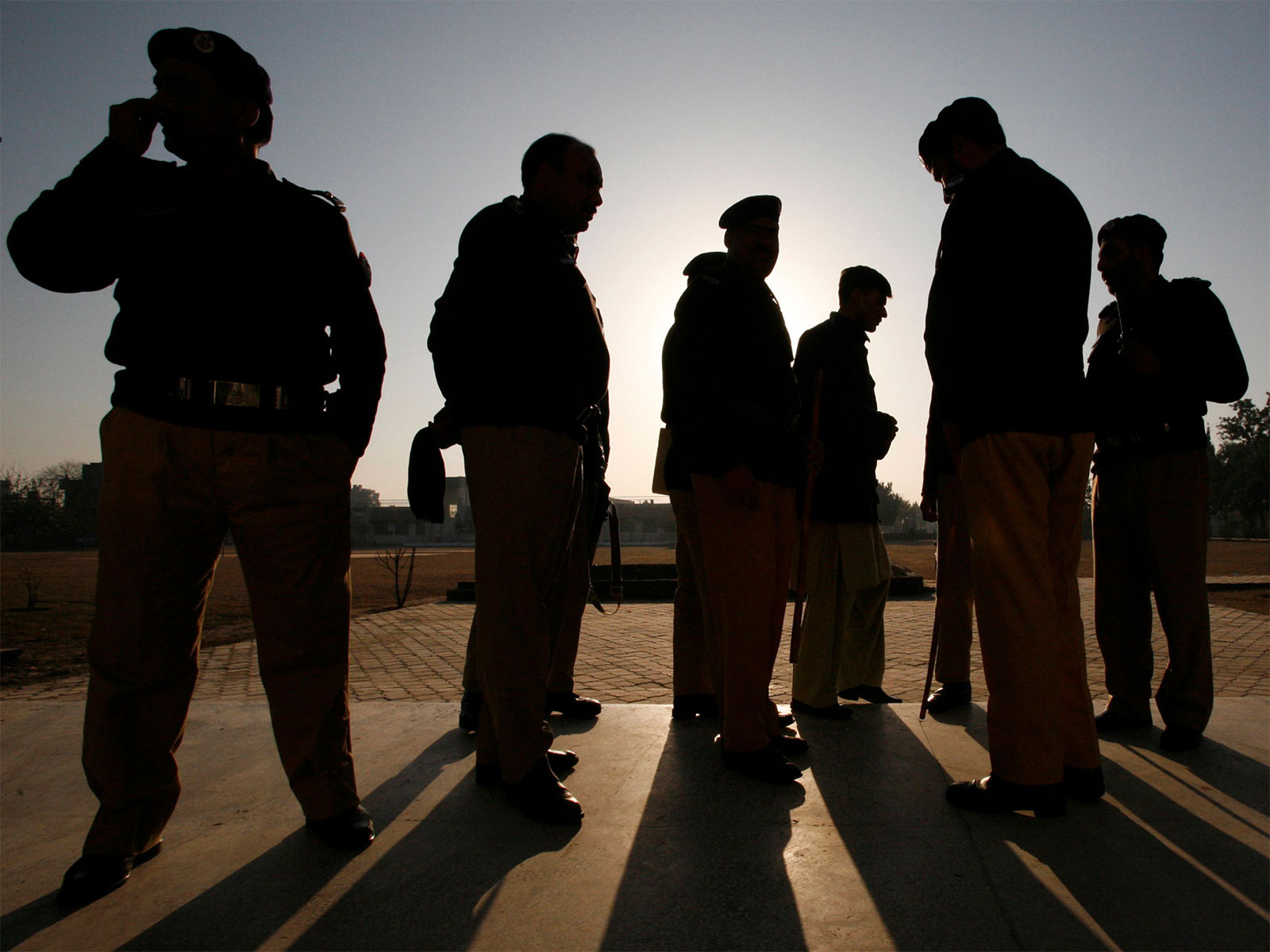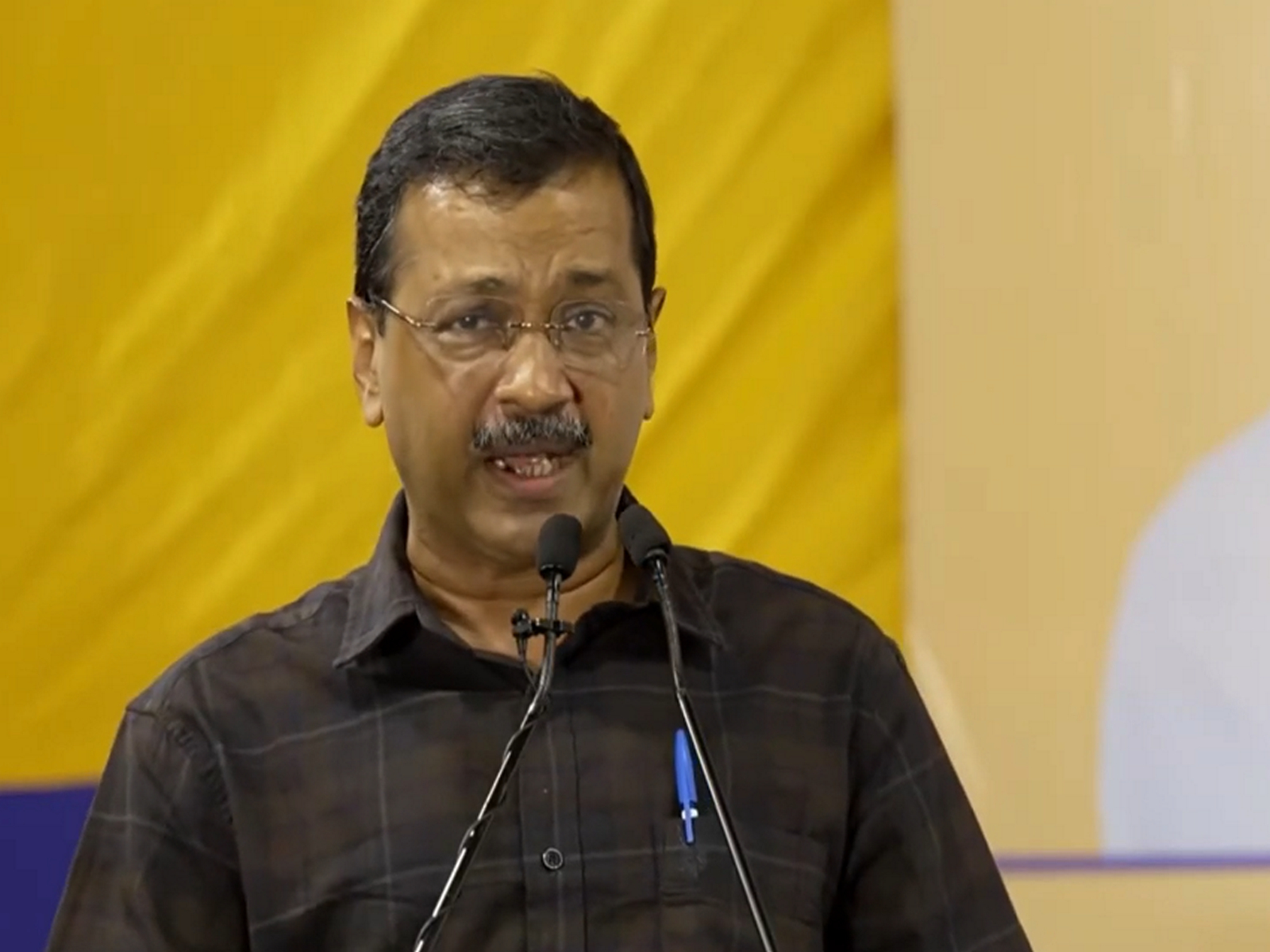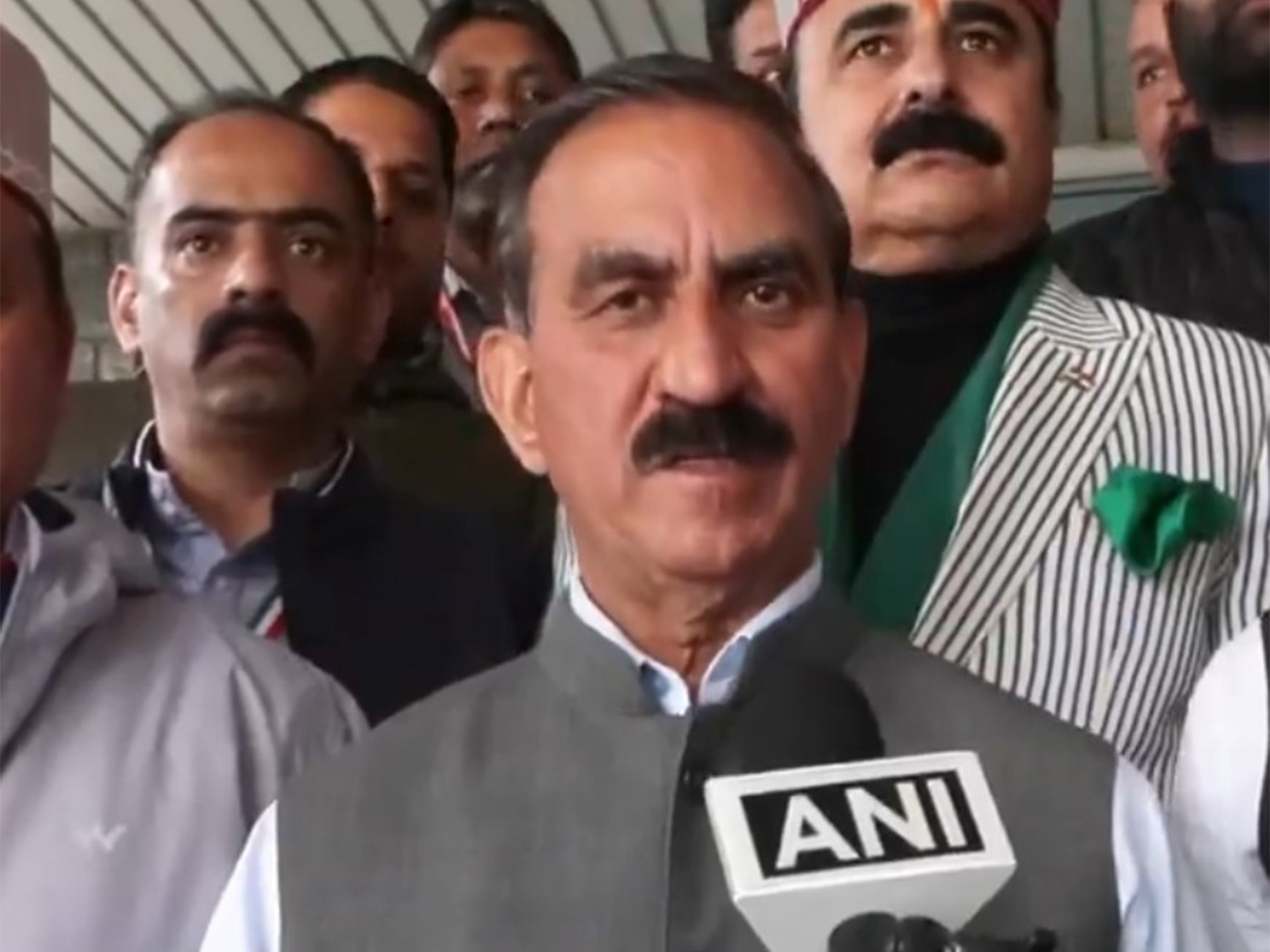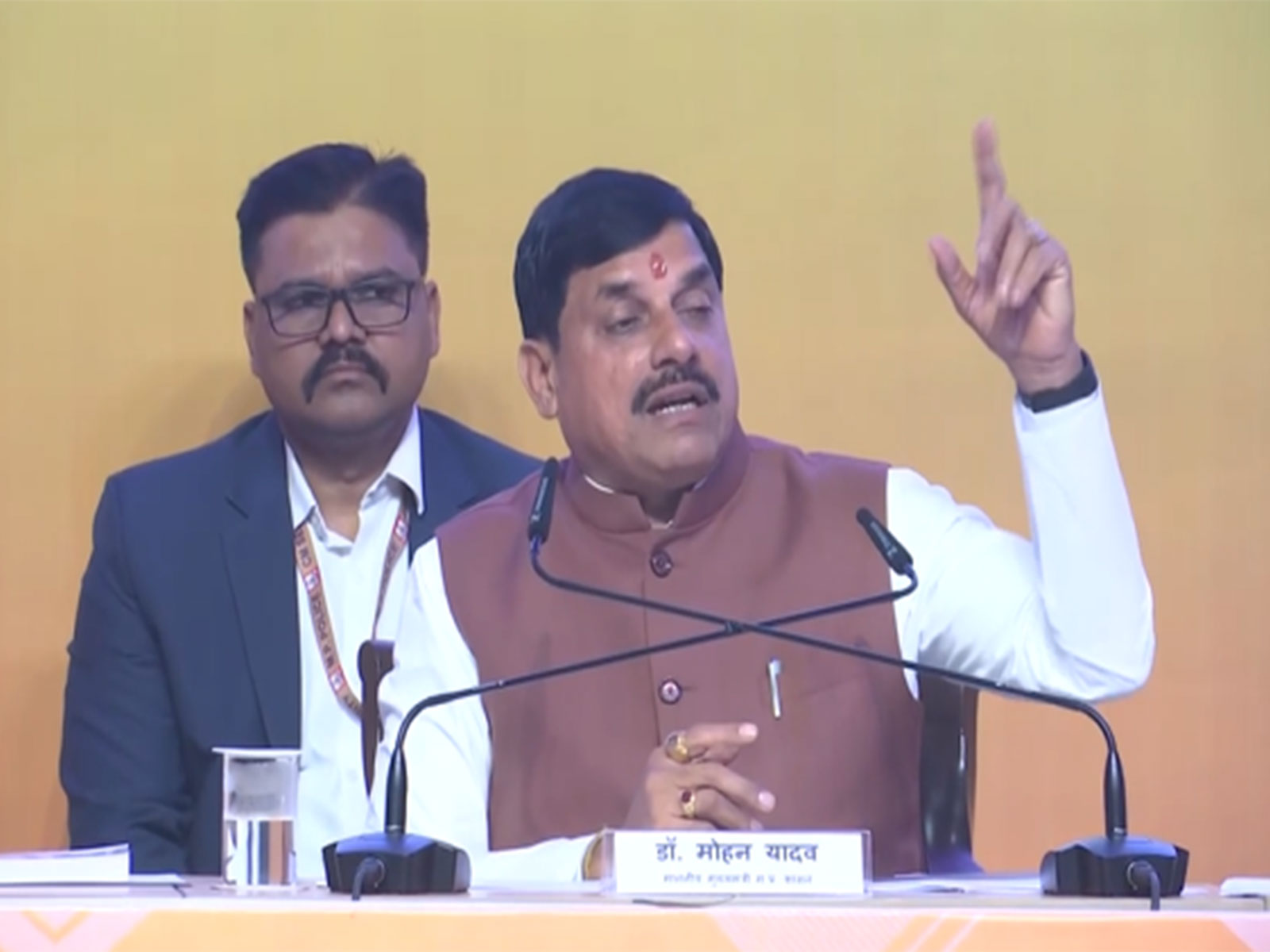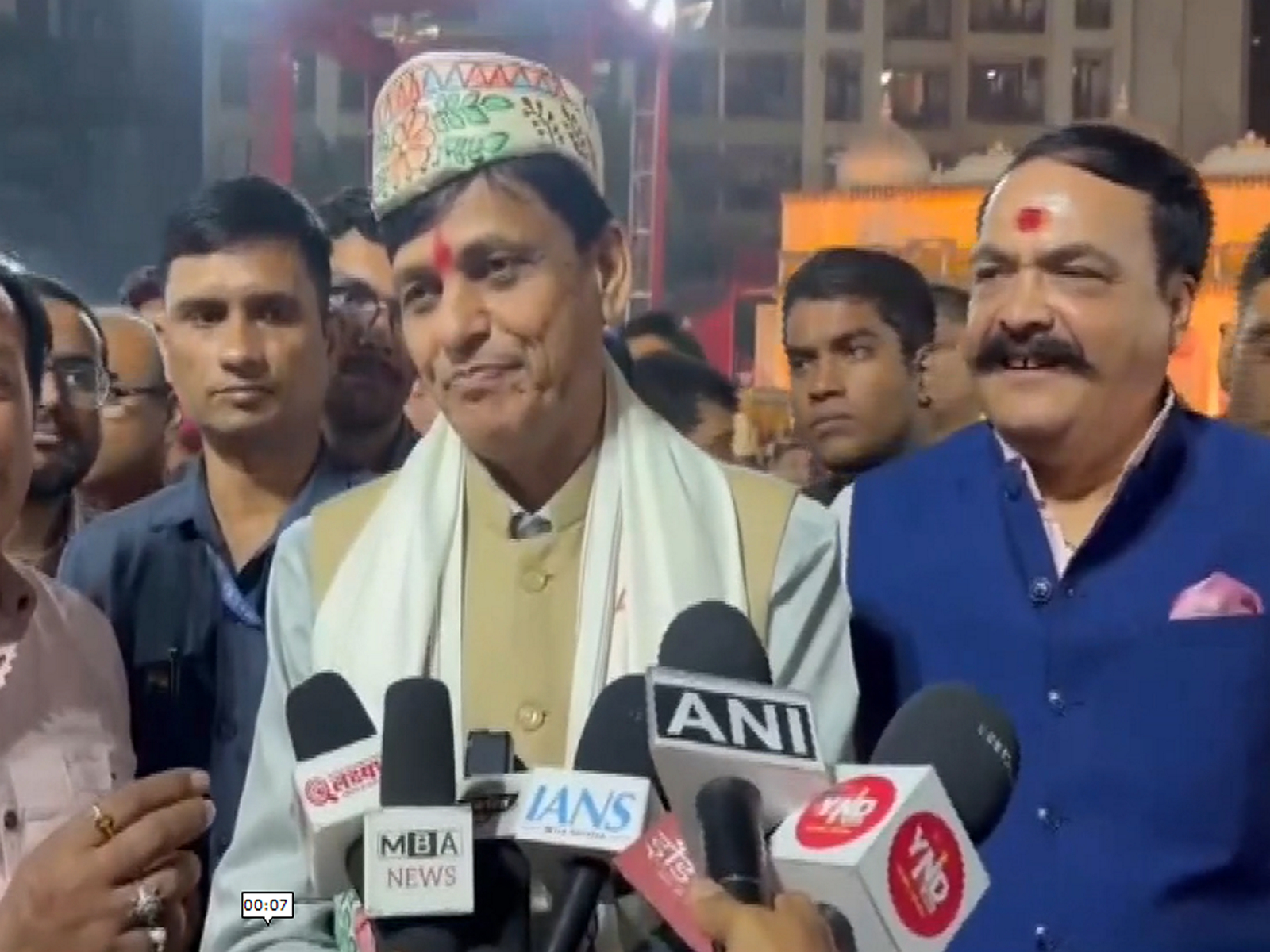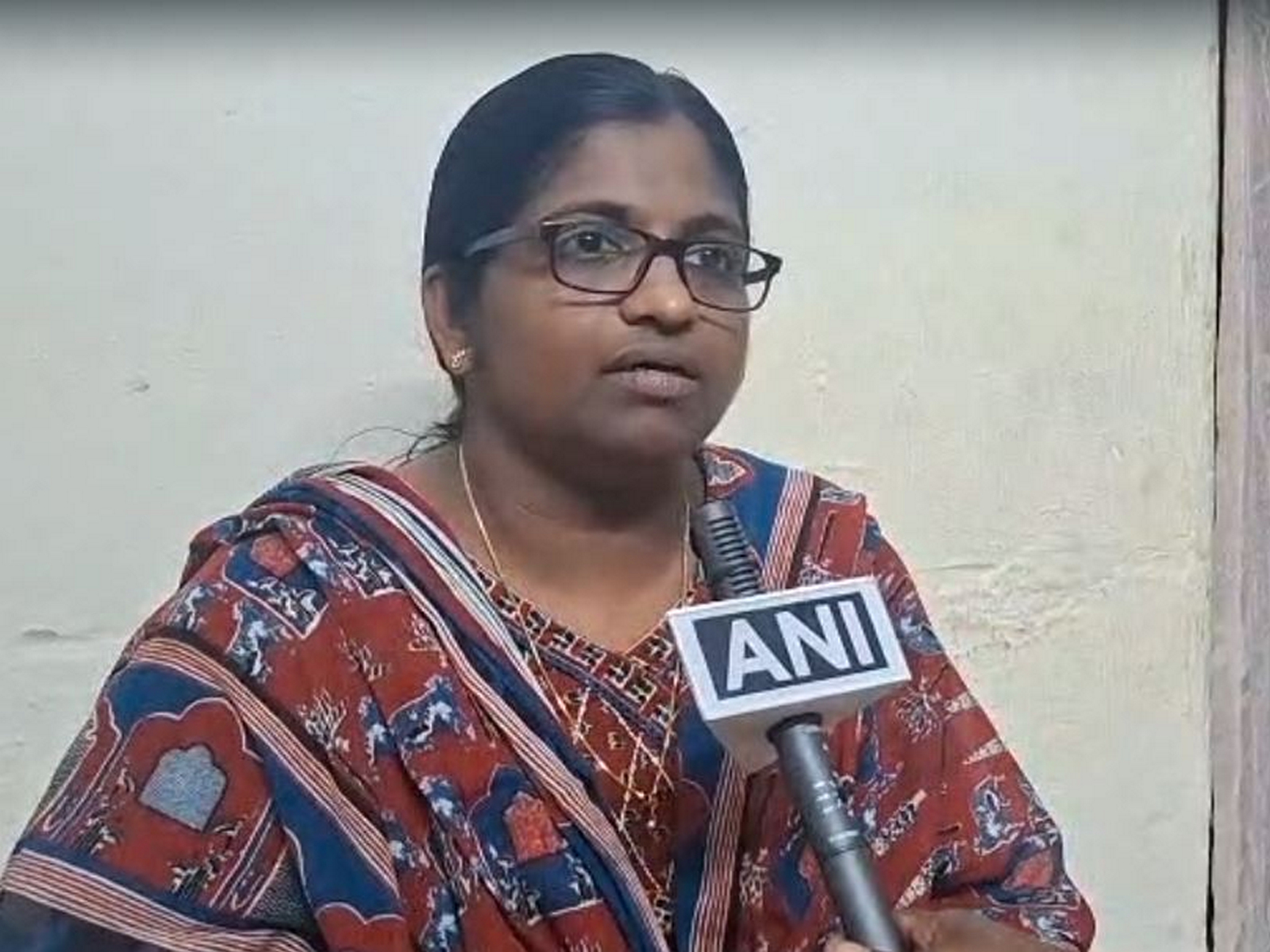Nepal PM set to test floor, eyeing comfortable majority
Mar 19, 2023

Kathmandu [Nepal], March 20 : Within three months of the formation of the government, Nepal Prime Minister Pushpa Kamal Dahal is set to take the second round of vote of confidence on Monday, eyeing a comfortable majority.
Dahal, also chairman of the third highest seat-holding party- Maoist Center in the parliament, came to power garnering the support of CPN-UML (Communist Party of Nepal- Unified Marxist Leninist) led by KP Sharma Oli along with other small parties.
As soon as the coalition crossed two months, the Presidential election mood sore high and Dahal turned out to other parties ditching CPN-UML.
Pushpa Kamal Dahal nom de guerre Prachanda meaning fierce turned to the largest party of Nepal- Nepali Congress ahead of the Presidential election and is testing the floor today forming another coalition of 10 parties.
Dahal this time has agreed to split the five years tenure on a 2-1-2 years basis with CPN-Unified Socialist (US) and the Nepali Congress. As per the leaders of the parties, Dahal will retire from the post after remaining in post for 2 years paving the way to CPN-US for a year and then the Nepali Congress will lead the government until the nation goes for the poll in 2027.
Ahead of Monday's voting, the Nepali Congress, Rastriya Swatantra Party, CPN-US, and Loktantrik Samajbadi Party (LSP) have announced to vote for Dahal.
The Nepali Congress conveying a party committee meeting on Sunday itself already has issued a whip to its MPs to vote in favour of Prachanda.
In the first round of vote of confidence after the commencement of General elections last November, Dahal had secured a whopping over 99 per cent of votes. At that time Dahal set a record by garnering 268 votes out of the 270 existing lawmakers present in the meeting that day.
On Sunday, Prime Minister Dahal while exiting the Parliament complex remarked, "Am aiming for 100 per cent support tomorrow (Monday). I already have secured 99 per cent votes in the previous round, now I hope for the cent-per cent."
Back then Dahal was able to get the whopping majority only because the Nepali Congress whom Dahal on December end had bigoted to become the next Prime Minister stood on his side.
The constitution has mandated a Prime Minister to cross the mark of 138 votes to redeem posts and control the government.
As per the parliamentary mathematics, Dahal today will comfortably pass the mark of fifty per cent majority. The parties which have announced to vote in favour; the Nepali Congress has 87, Rastriya Swatantra Party has 19, CPN-US has 10, and LSP has four seats. The Maoist Center led by Prime Minister himself has 32 lawmakers eligible to vote.
The 5 parties standing in support of Dahal already cross the required mandate of 138 seats as they already have 152 votes in their favour in case all the lawmakers take part in the proceeding. The five parties pledging alliance with Dahal still cross the required majority mark.
Apart from the five parties, the remaining parties on board for Dahal namely Janata Samajbadi has 10, Janamat Party has six, Nagarik Unmukti Party has four and two independent lawmakers are supposed to vote in favour of Dahal.
Meanwhile, the CPN-UML which is in the opposition has 79, Nepal Workers Pheasant Party has one seat in the parliament. Another national party, the Rastriya Prajatantra Party known for its pro-monarchy stance with 14 seats remains undecided as of past midnight of Sunday.
Dahal was appointed as the Prime Minister by then President Bidhya Devi Bhandari on December 25 after he showed the support of 169 lawmakers.
As per the constitutional provision, a prime minister appointed under Article 76(2) needs to secure a vote of confidence from the parliament within 30 days of the appointment.
Alike before, the Prime Minister who is holding on 16 ministerial portfolios has promised to move ahead with cabinet expansion after passing the floor test. The current cabinet is nine-member strong. The prime minister can now appoint 16 more ministers as the constitution has limited the size of the Cabinet to 25 members.


